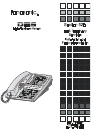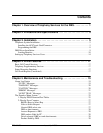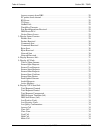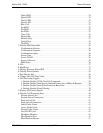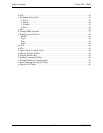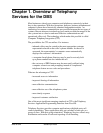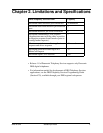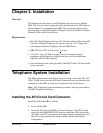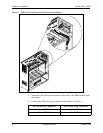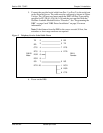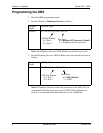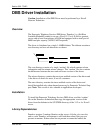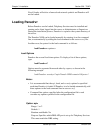
DBS-92-520 Issued April 2000 1
Chapter 1. Overview of Telephony
Services for the DBS
Most businesses already use computers and telephones extensively in their
day-to-day operations. With few exceptions, however, business telephone and
computer systems have historically remained independent entities - no
interaction or common communication was possible between the two types of
systems. Recent advances in technology have made possible the merger of the
two systems into a cohesive and more effective communications and
operational office tool. The technology which makes this possible is called
Computer Telephony Integration (CTI).
The possibilities for CTI are endless. For instance:
- inbound callers may be routed to the most appropriate customer
representative based on the caller’s phone number. As the call is
answered, the representative’s computer screen automatically
displays the customer’s information.
- a computer-based phone directory may be used to not only look
up a phone number but also initiate the call.
- the vast array of PBX features may be more easily utilized using
computer screen icons and prompting instead of complicated
telephone feature access codes and procedures.
What are the advantage to CTI?
- increased access to information
- improved sharing of information
- more effective communication
- more effective use of the telephone system
- more timely response
- improved customer satisfaction
One of the most significant emerging standards in CTI is the Telephony
Services Application Programming Interface from Novell®.
Telephony Services provides computer applications with third-party call
control capabilities. These applications may act on behalf of one user or a
group of users. With this group orientation, Telephony Services affords easy
distribution and transfer of calls and reporting of call handling



